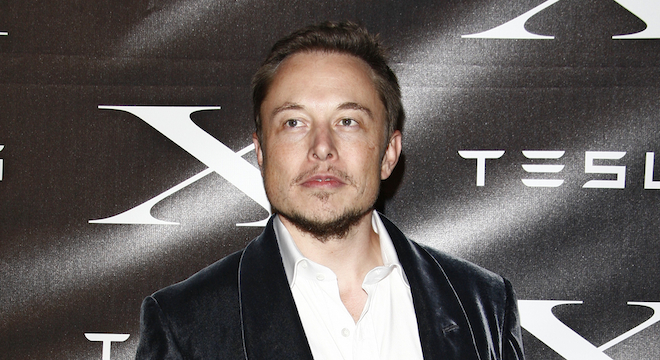By JOHN VOELCKER
Tesla Motors CEO Elon Musk has an enthusiastic base of fans who consider him a visionary.
And with Paypal in the past, and SpaceX as well as Tesla today, Musk has an impressive track record.
So ears perked up when he recently predicted that in 20 years, half of all new cars sold would be plug-in electric cars.
The problem is that knowledgeable industry analysts suggest that such a goal requires a highly unlikely growth rate in plug-in sales and production.
Let’s recap. There are now 1 billion vehicles on the planet, with 2 to 2.5 billion likely by 2050. The auto industry now builds 60 to 80 million vehicles a year, which is likely to rise to 100 million or more by 2020.
Globally, in 2012, fewer than 100,000 of those will be plug-ins.
Musk’s half-plug-ins-by-2032 guess is a worthy goal. It leaves Obama’s pledge to put 1 million plug-ins on U.S. roads by 2015 in the dust. (Though it’s looking like Obama’s goal will be met in 2018, not 2015.)
“In 20 years, more than half of new cars manufactured will be fully electric,” Musk said during the June 22 launch of the production 2012 Tesla Model S electric sport sedan at the Fremont, California, plant of Tesla Motors [NSDQ:TSLA].
“I feel actually quite safe in that bet.; that’s a bet I will put money on. … It’s probably going to be in the 12- to 15-year time frame.”
Last time he made a wager, Musk won the bet with journalist Dan Neil, who had suggested he wouldn’t launch the Model S on time.
But this time, Pike Research analyst Dave Hurst is willing to take Musk’s wager. He backs it up in a recent post by running the numbers.
Hurst’s analysis addresses the U.S. market, not the global total–which would require going from south of 100,000 plug-in cars a year today to 50-million-plus in 12 to 20 years.
Instead, assuming a U.S. market of about 15 million vehicles for the foreseeable future (since the U.S. vehicle population is pretty much maxed out and has actually fallen slightly over the last few years), Hurst asks what would be necessary to get to 7.5 million plug-in sales by 2032.
Pike Research is in the business of projecting the future, and it sells some very expensive reports that contain the resulting predictions.

It expects the U.S. plug-in market to grow at a 32-percent average rate from now through 2020. That takes sales to roughly 200,000 units in 2020.
Even if that rate continued for another 12 years, which Hurst considers unlikely, that would only take plug-in cars to roughly one-third of the market in 2032, or about 5 million sales.
But Hurst thinks 8 or 10 percent annual growth in plug-in sales is more reasonable, taking the total to 480,000 or 574,000 plug-ins sold in 2032 in the U.S.
Hurst’s analysis assumes a continuation of current trends, and does not incorporate what plug-in promoters–most notably Nissan CEO Carlos Ghosn–call the “hockey stick effect.”
That refers to a sharp increase in sales in some future year–perhaps between 2016 and 2022–when mass production has driven down battery costs sufficiently that electric cars become much more price-competitive with gasoline cars, which will get steadily more expensive in real dollars to meet stringent new fuel-economy rules.
Hurst suggests that for plug-in vehicles to grow at the rate Musk predicts, three things will have to happen.
First, plug-ins must spread from small cars into full-size sport-utility vehicles and pickup trucks, which remain a huge portion of the U.S. market. Second, an oil price shock would have to drive gasoline prices to $8 or $10 a gallon.
And, he suggests, drivers will have to get comfortable with overnight recharging and limited vehicle range–and the public charging infrastructure must grow to support those volumes of plug-ins on the streets, including both wireless charging and more widespread DC quick charging.
What do you think? Will Musk win his bet? Will half of all cars sold in the U.S. in 12 to 20 years be plug-ins?
Leave us your thoughts in the Comments below.
+++++++++++
Follow GreenCarReports on Facebook and Twitter.
This article, written by John Volecker, was originally published on Green Car Reports, an editorial partner of Talking Points Memo.






